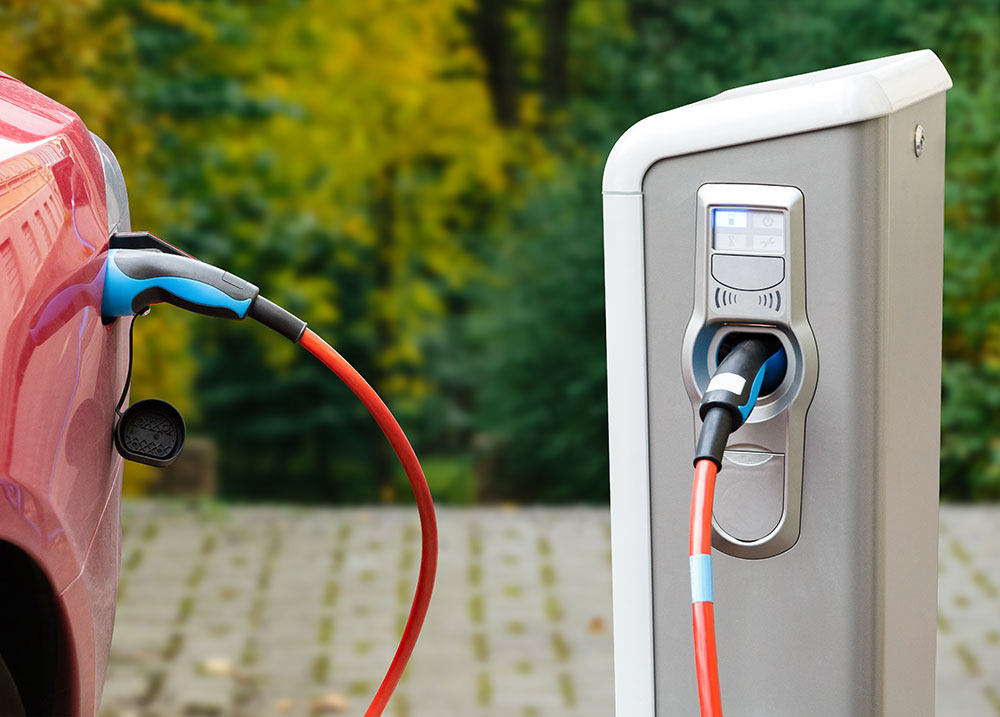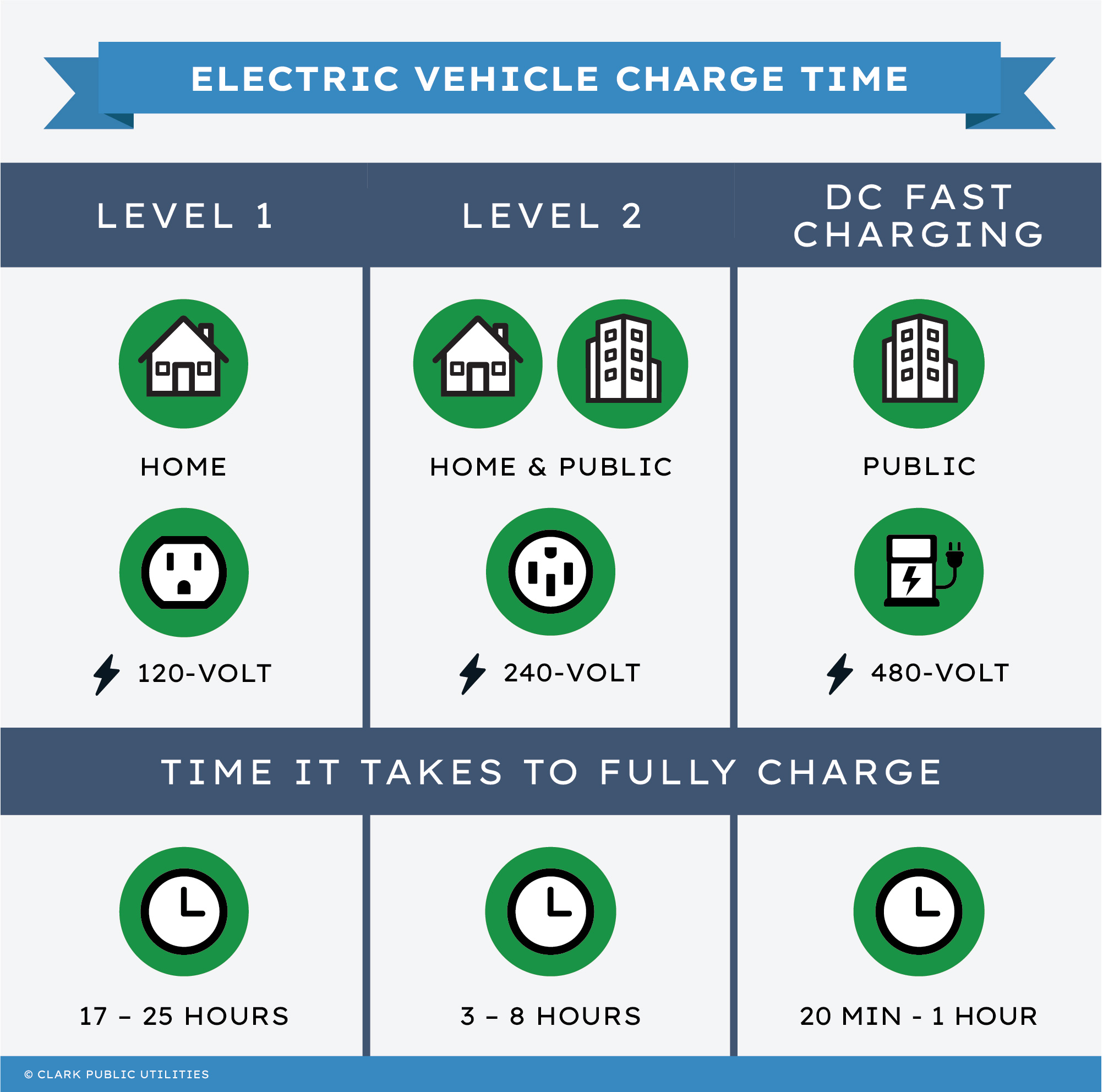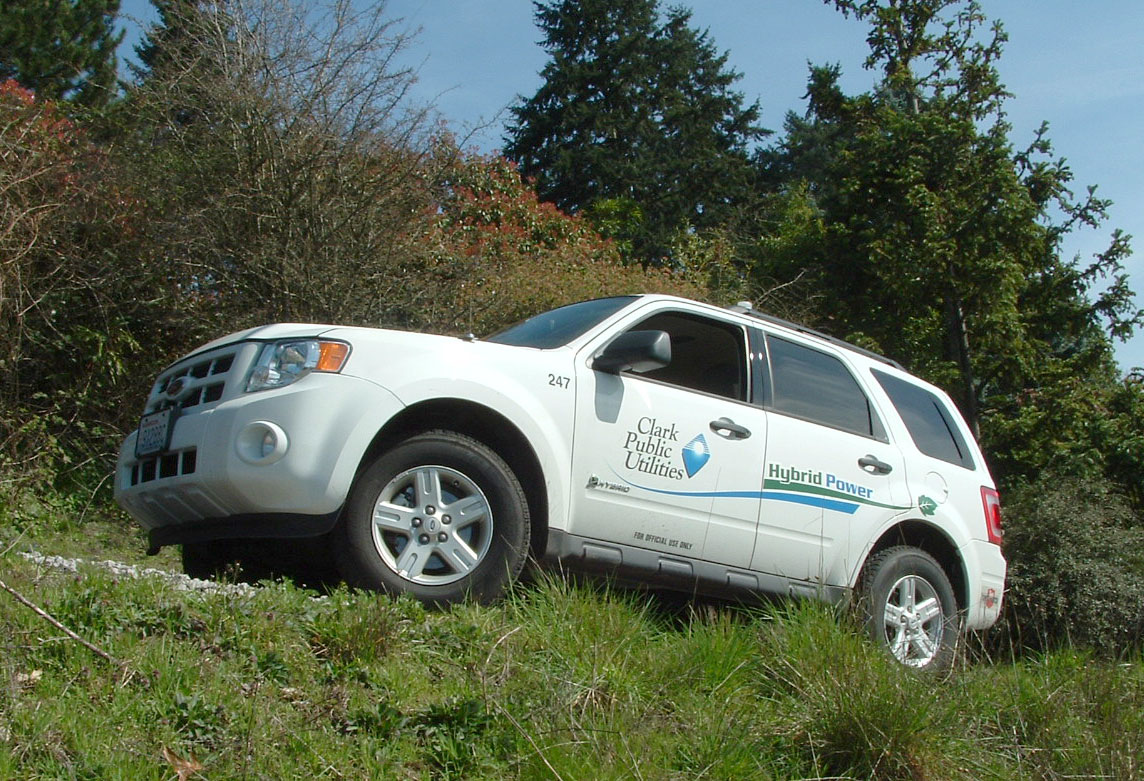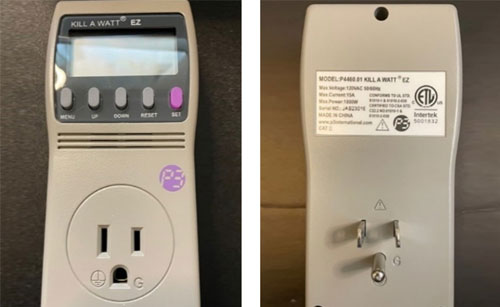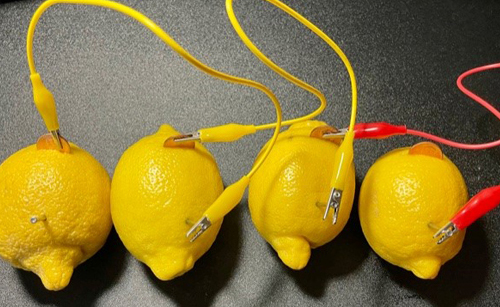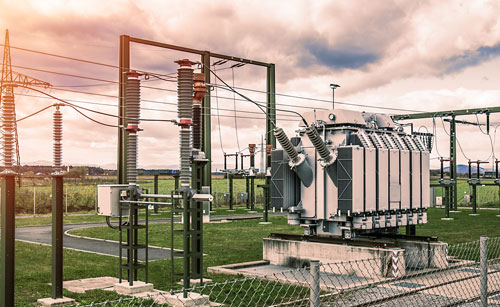Exciting examples of energy conservation and technology are electric vehicles and hybrid vehicles. The first electric vehicles were produced beginning in the 1880s. Those early vehicles had very low speeds and could only travel a short distance. In the 1970s, people were concerned with oil shortages and pollution, which led to new versions of electric cars that offered increased speed and a greater driving range. In the late 1990s, electric vehicles got even more popular as more people became aware of climate change and higher fuel costs.
Electric vehicles are now more popular than ever, thanks in part to greater community support, and major automotive companies that are creating more efficient and affordable everyday options. In fact, nearly every auto maker produces an electric vehicle — from the thrifty Nissan Leaf to the more luxurious models made by Tesla.
This is an important development, because gasoline-powered vehicles produce emissions called carbon dioxide (CO2), which contribute to the buildup of greenhouse gases and increase global warming. By comparison, electric vehicles emit much less CO2.

Traditional gas-powered vehicles can travel about 300 miles on one tank of gas. Most people do not drive more than 40 miles on a typical day.
How do electric vehicles work?
Electric vehicles (EV) look like regular vehicles, but they generate power by using an electric motor and battery instead of a combustible engine (which uses gasoline or diesel to power the vehicle). Today’s electric vehicles can travel an average of 200 miles on one charge. In fact, the Kia Niro EV can go about 239 miles before needing to be charged, and the Tesla Model S can drive 373 miles. Tesla is even working on a model that will travel more than 400 miles between charges! Studies predict by 2040, more than half of all new car sales will be EVs with a total of 559 million worldwide. School buses, semi-trucks, and other commercial vehicles will go electric as well.
A hybrid electric vehicle, also known and a “plug-in hybrid electric vehicle” (PHEV), combines a gas engine with an electric motor and battery system. The first twenty miles (or so) are powered by electricity, and after that, the gas engine takes over.

Here in Clark County, there are many places that offer vehicle charging. For example, Clark Public Utilities offers Level 2 chargers at its downtown and operations facilities. There is also a direct current fast charger at the downtown location. Common destinations like U-Haul, Fred Meyer, Chuck’s Produce, Walgreens, Kohl’s, and car dealerships are also outfitted with charging stations.

Electric vehicle batteries use rare earth metals and need to be recycled carefully. For example, batteries are recycled using a smelting process that allows many of a battery’s minerals to be recovered. The process of smelting works but is expensive, and re-using the minerals for new batteries helps recover some of the cost. China currently leads the world in reusing energy captured from retired car and bus batteries.
Electric and hybrid vehicle use at Clark County PUD
Each month, drivers in Clark County add approximately 50 new electric vehicles to the road, many of which replace traditional gas-powered vehicles. As of 2021, there are nearly 4,500 EVs operating in Clark County!
Clark Public Utilities is transitioning its vehicles from gas and diesel to electric or plug-in hybrid vehicles. As of 2021, the utility operates:
- Four electric forklifts
- Two electric utility terrain vehicles
- Five F150 plug-in hybrid trucks
- Two Nissan Leafs
- One Ford Fusion
- One Chrysler Pacifica plug-in hybrid van
- Six charging stations with 12 ports
With Clark Public Utility’s commitment to be good stewards of the planet, you can expect these numbers to keep growing. That’s a good thing, because:

